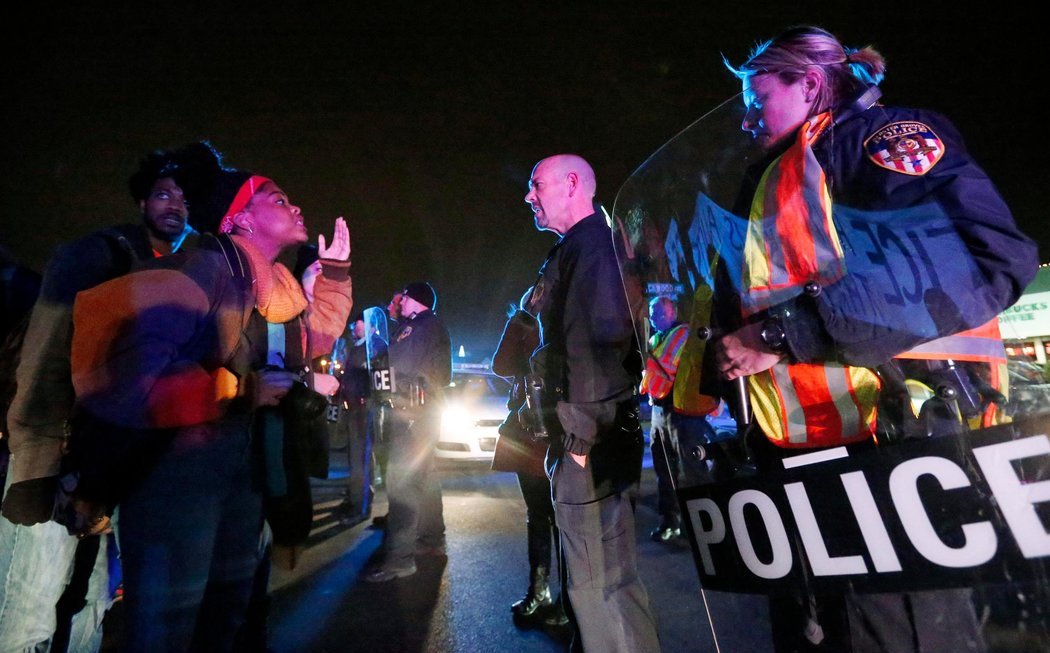
Many feel we are at a crossroads in law enforcement today. Police officers are in the national spotlight with increased scrutiny coming from the public, media, and even internal leadership over controversial use-of-force incidents.
Despite courts having recognized that police officers are often forced to make split-second judgments in rapidly evolving circumstances, the law enforcement community is also now forced to take a closer look of law enforcement tactics and judgment to resolve police-citizen encounters.
Issues in the Field
One example of how media scrutiny is putting law enforcement under a microscope is a New York Times piece by Seth Stoughton, a professor at the University of South Carolina School of Law who is also a former police officer and state investigator. He wrote a commentary titled, “Police Shouldn’t Ask If a Shooting Is Justified, But If It’s Avoidable.” He remarked that when civilians evaluate a use-of-force incident, they want to know whether the officer could have done something—anything—else.
This national criticism on use of force has led to sweeping reform across the country in new statutes, changes to professional standards, and policy updates. Police departments across the nation are rethinking notions of policing that have held for 40 years. The results are major changes in how officers are being trained in use-of-force options, particularly de-escalation techniques.
Effective Change to the Status Quo
Basic de-escalation skills training should be designed to better equip police officers with knowledge and skills that may enable them to resolve a crisis situation with non-force options.
De-escalation has been an effective technique for a long time in law enforcement. While many officers are open to the concept of de-escalation, many others, new and veteran alike, approach de-escalation with a fair amount of skepticism. Many will tell you that concepts such as de-escalation sound great in theory but would never work on the streets.
Any renewed focus on any concept such as de-escalation that brings change to long-held practices cannot simply be taught in a classroom setting. It requires a new training methodology to involve the practical application of the concept.
So how do we introduce a new way of thinking to officers after years of training and experience? We immerse them in a realistic training environment to prove its effectiveness.
How to Get Officer Buy-In
An effective training program will be able to give officers the experience in as close to real situations as possible, evaluate them, and provide a variety of different outcomes. But most importantly, it can show officers what works and what does not.
The training objective should be to have each officer immersed in different scenarios, so they have that split-second decision-making capability in a variety of situations that officers face.
One way to do this is through virtual simulator training that brings them closer to a real-life experience than anything else they have ever experienced. The value in integrated, immersive, de-escalation simulation training is in the opportunities it creates to allow officers to observe how de-escalation can work and the ramifications of each force option.
Answering this Training Challenge with Technology
As police administrators and trainers adapt to widespread changes in the law enforcement landscape, they need more effective options for bold and challenging adjustments to their training and standards.
VirTra’s V-300 training simulator has now made this straightforward and painless with state-of-the-art technology and real-life experience. This advanced technology allows officers to experience complex scenarios that adapt in real-time, responding to the officer’s actions. Throughout each scenario, the instructor can make adjustments to sharpen the officer’s decision making, situational awareness, and de-escalation skills.
Contact VirTra today to arrange a demo on how our technology can guide your agency towards positive change.







